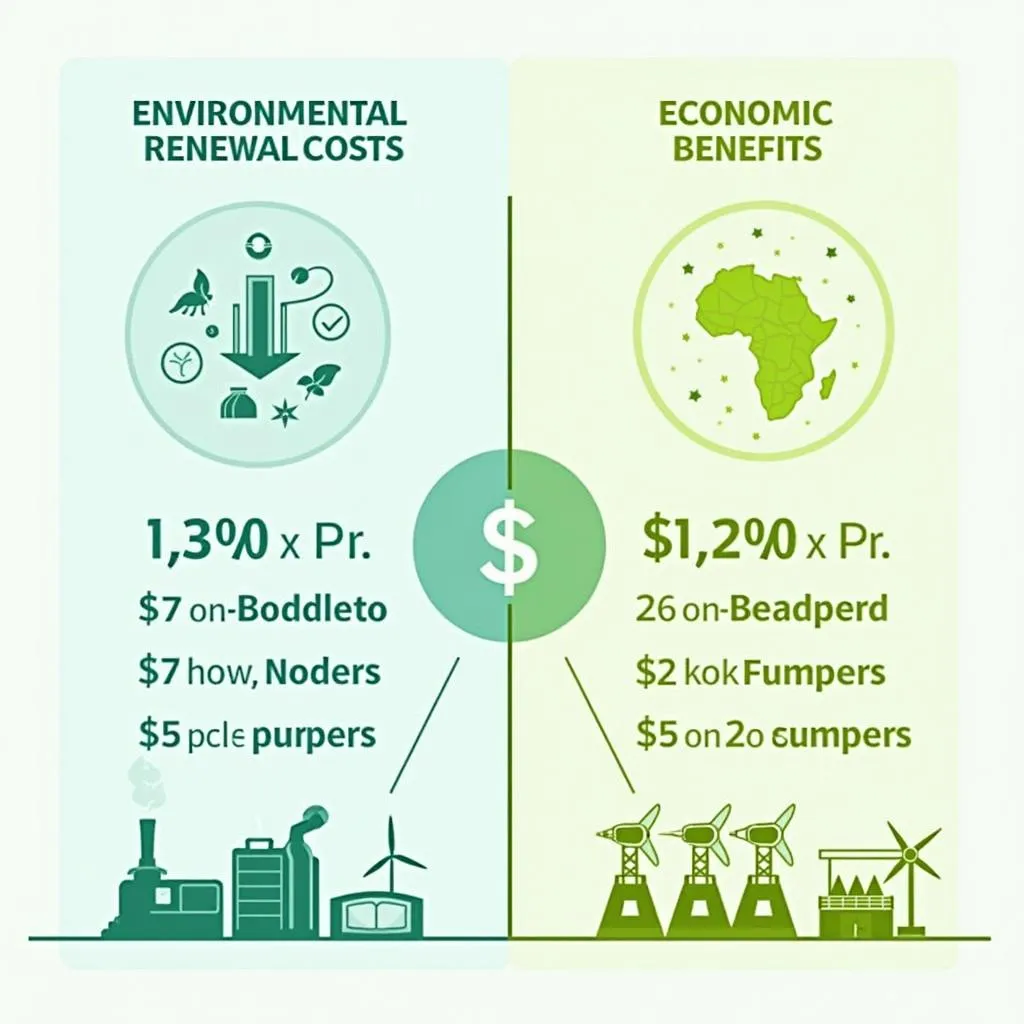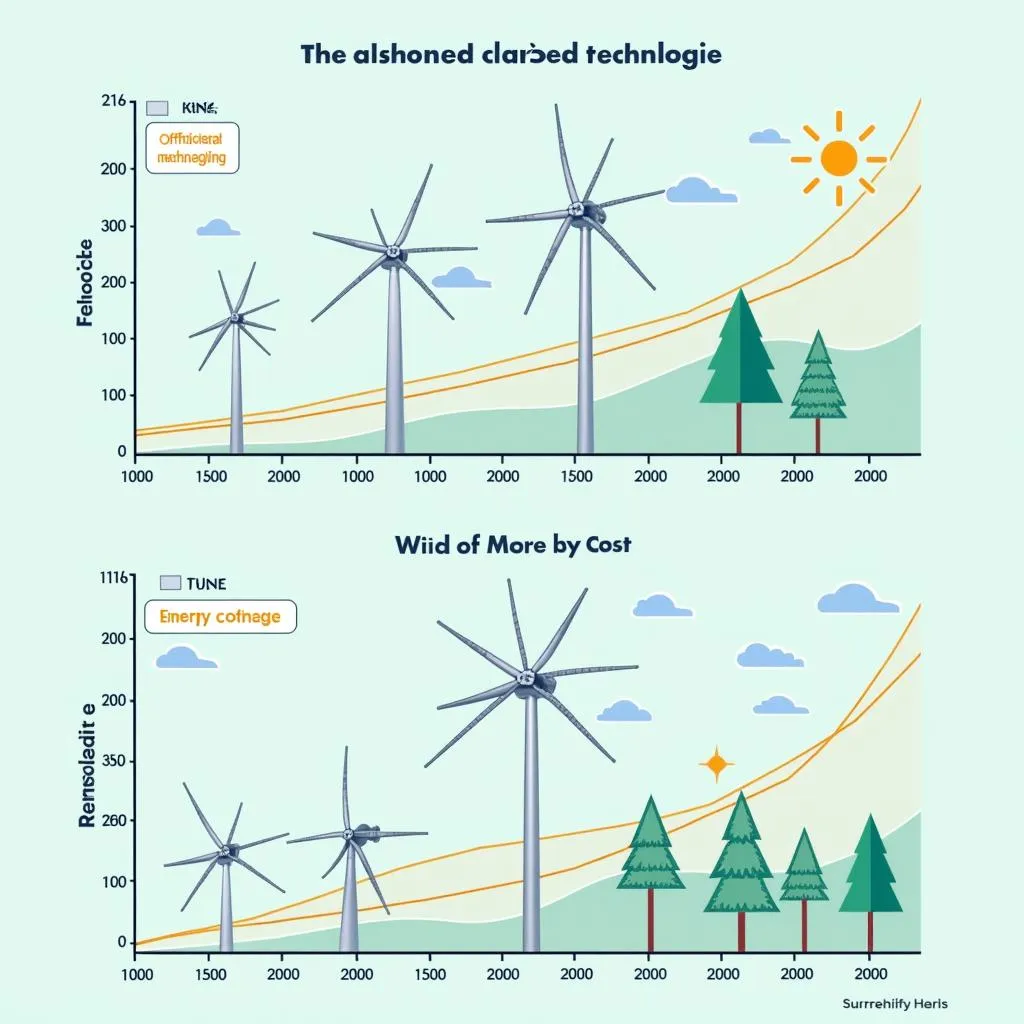The Summarize Written Text section in the PTE Speaking & Writing module challenges candidates to read an academic passage and summarize it in a single sentence. One highly relevant topic candidates often encounter is renewable energy. In this article, we will focus on “Renewable Energy Costs And Benefits”, a common theme in modern discourse on sustainability that also appears widely in PTE exams. Below, you’ll find a sample question, model responses for various PTE band scores, and a breakdown of the vocabulary and grammatical structures to help you improve your PTE Summarize Written Text skills.
Sample Summarize Written Text Task: Renewable Energy Costs and Benefits
Prompt
Renewable energy sources, such as wind, solar, and hydropower, offer significant environmental benefits over traditional fossil fuels. They produce minimal greenhouse gas emissions, reducing the impact of climate change. However, initial investments in renewable technologies can be high, often requiring subsidies and financial incentives to encourage adoption. Despite the high upfront costs, renewable energy sources have lower operational and long-term maintenance expenses, making them increasingly competitive with fossil fuels. Governments worldwide are investing in renewable energy not only for environmental reasons but also for energy security and economic stability. Modern innovations are helping to reduce costs, making renewable energy more accessible and efficient.
Task: Summarize the given text in one sentence.
Model Answers for Different PTE Score Bands
Band 90
While renewable energy provides significant environmental and long-term economic benefits, its initial costs require substantial subsidies, though innovations continue to make the technology more affordable.
Analysis:
- Content: The summary includes all important aspects, such as environmental benefits, long-term cost-effectiveness, initial investments, and innovations.
- Form: The sentence is well within the word limit (between 5 to 75 words).
- Grammar: Correct sentence structure and appropriate use of conjunctions (
whileandthough) enhance clarity. - Vocabulary: Advanced vocabulary, such as “subsidies,” “substantial,” and “cost-effectiveness,” is used accurately.
- Spelling: No spelling errors.
 Renewable energy benefits and costs comparison
Renewable energy benefits and costs comparison
Band 80
Renewable energy is beneficial for the environment and long-term economy, but it has high initial costs which require subsidies, although innovations are making it more affordable.
Analysis:
- Content: Most key points are covered, though some depth on “energy security” and “economic stability” is slightly lacking.
- Form: The sentence fits within the word count limit.
- Grammar: Proper sentence structure, but the conjunction “although” could be replaced by a more varied connector for better flow.
- Vocabulary: Words like “subsidies” and “innovations” are used, hinting at sophisticated vocabulary.
- Spelling: No typing errors.
Vocabulary and Sentence Structure for Summarize Written Text
To excel in this part of the exam, improving your vocabulary and understanding of sentence structure is crucial. Below is a list of some challenging words found in the Renewable Energy passage, with their meanings and example sentences.
-
Greenhouse gas emissions /ˈgriːnˌhaʊs ˈɡæs ɪˈmɪʃnz/
- Meaning: The release of gases like carbon dioxide that contribute to the Earth’s temperature increase.
- Example: Reducing greenhouse gas emissions is critical for combating climate change.
-
Subsidies /ˈsʌbsɪdiz/
- Meaning: Financial support provided by governments to help reduce the cost of renewable energy.
- Example: Many governments offer subsidies to encourage investment in renewable energy industries.
-
Upfront costs /ˈʌp.frʌnt kɒsts/
- Meaning: Expenses that need to be paid at the beginning of a project.
- Example: Upfront costs of installing solar panels can be high, but the long-term savings are substantial.
-
Operational expenses /ˌɒpəˈreɪʃənl ɪkˈspen.sɪz/
- Meaning: Ongoing costs associated with the day-to-day running of an energy source.
- Example: Renewable energy generally has lower operational expenses than fossil fuels.
-
Innovations /ˌɪnəˈveɪʃnz/
- Meaning: New methods, ideas, or products that improve efficiency or reduce costs.
- Example: Innovations in solar technology are helping bring down the cost of renewable energy sources.
 Innovations in renewable energy technology illustration
Innovations in renewable energy technology illustration
-
Energy Security /ˈɛnə.dʒi sɪˈkjʊərəti/
- Meaning: The availability of reliable and affordable energy.
- Example: Countries are investing in renewable energy to improve their energy security.
-
Climate Change /ˈklaɪmət ʧeɪnʤ/
- Meaning: Long-term alterations in temperature and weather patterns.
- Example: Addressing climate change is one of the main reasons for pursuing renewable energy initiatives.
-
Hydropower /ˈhaɪdrəˌpaʊər/
- Meaning: Energy generated from moving water, typically by dams.
- Example: Hydropower is a significant source of renewable energy in many regions.
-
Economic Stability /ˌiːkəˈnɒmɪk stəˈbɪlɪti/
- Meaning: A state in which an economy experiences steady growth with minimal volatility.
- Example: Increasing renewable energy usage contributes to a country’s economic stability.
-
Accessible /əkˈsɛsəbl/
- Meaning: Easy to reach or use.
- Example: Thanks to recent innovations, renewable energy is becoming more accessible to developing countries.
Conclusion
The Summarize Written Text section of the PTE exam offers a well-rounded test of a candidate’s reading comprehension and writing abilities. In the context of renewable energy, understanding the costs and benefits of adopting such technologies is frequent, given its global significance. By practicing with this example and studying the key vocabulary, you can enhance your writing proficiency and meet the challenges posed by different academic topics in the PTE exam.
Don’t forget to explore related areas such as Nuclear energy versus renewable alternatives or Impacts of renewable energy subsidies to gain a deeper understanding of how these themes can appear in your examination!